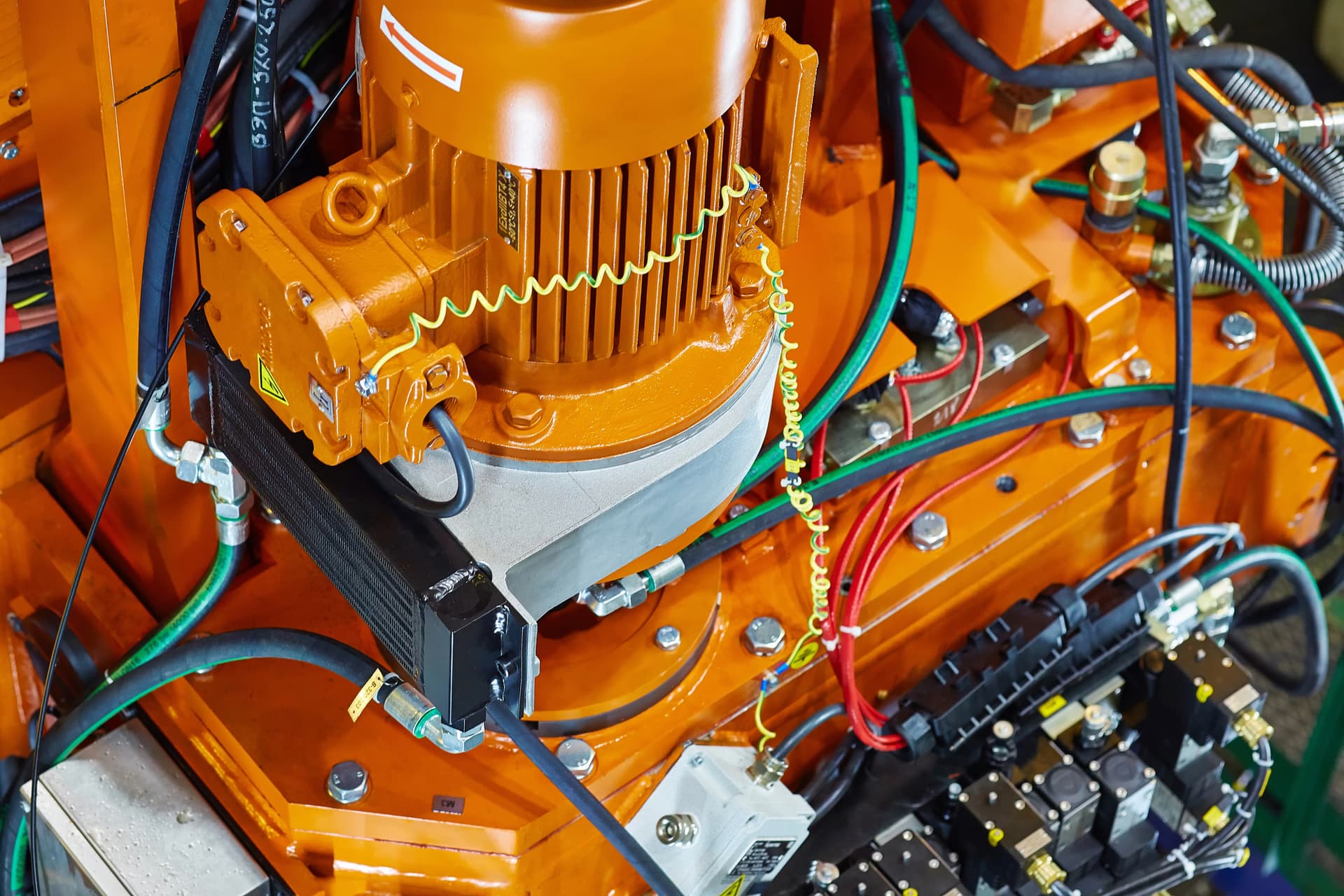The Future of Hydraulic Hose Technology: 2024 and Beyond

Revolutionizing Maintenance with Smart Hydraulic Hoses
As we advance into 2024, the hydraulic systems landscape is witnessing transformative innovations that promise to enhance efficiency, safety, and performance. This blog post delves into the latest breakthroughs in hydraulic hose technology and their implications for various sectors.
Sensor-Integrated Hoses:
Modern hydraulic hoses are now being fitted with sensors that continuously monitor operational parameters like pressure, temperature, and structural integrity. This capability supports predictive maintenance strategies and minimizes the risk of hose failures, thereby enhancing system reliability and safety.
IoT-Enabled Hoses:
By integrating IoT technology, hydraulic hoses can now communicate seamlessly with control systems. This facilitates remote monitoring and diagnostics, streamlining system management and swiftly addressing potential issues.
Innovations in Material Science: Building Stronger, More Durable Hoses
Graphene-Enhanced Hoses:
Graphene is revolutionizing hydraulic hose technology with its superior strength and conductivity. Incorporating graphene into the hoses enhances their durability, resistance to wear and tear, and flexibility. This is especially advantageous in environments that demand resilience under high pressure and extreme conditions.
Bio-Based Polymers:
In an era prioritizing sustainability, bio-based polymers are emerging as a green alternative in hose manufacturing. These materials not only offer excellent chemical and abrasion resistance but also significantly reduce the carbon footprint associated with production.
Enhancing Hose Performance and Flexibility
Multi-Layer Hoses:
Advances in hose construction have led to the development of multi-layer hoses that maintain flexibility while being capable of handling higher pressures and temperatures. These hoses are ideal for robust industrial uses and demanding mobile applications.
Advanced Abrasion-Resistant Covers:
Utilizing new materials and coatings, today's hoses feature covers that significantly resist abrasion. This innovation extends the hoses' operational lifespan and is particularly valuable in harsh environments.
Sustainable Practices in Hose Manufacturing
Energy-Efficient Manufacturing:
Manufacturers are now adopting more energy-efficient production processes that align with global sustainability goals. These practices not only reduce costs but also minimize environmental impact.
Recyclable Hose Components:
The shift towards using recyclable materials in hose construction supports a circular economy, enabling the recycling of hoses at the end of their useful life and further reducing the environmental footprint.
Customization and Rapid Prototyping: Tailoring to Specific Needs
3D Printing in Hose Design:
The adoption of 3D printing technology in hose manufacturing allows for unparalleled customization and rapid prototyping. This technology enables manufacturers to produce hoses that meet exact specifications swiftly and economically.
Bespoke Hose Solutions:
The ability to customize hoses to meet precise operational needs enhances their application across various fields. Whether adjusting the length, diameter, or material, these bespoke solutions offer superior flexibility and performance.
Advancing Safety with Specialized Hose Features
Fire-Resistant Hoses:
New materials are making it possible to produce hoses that resist high temperatures and help prevent fire propagation, critical in hazardous settings.
Non-Conductive Hoses:
For environments where electrical hazards are a concern, the development of non-conductive hoses provides a safer alternative, protecting both personnel and equipment.
Conclusion
The year 2024 marks a period of significant innovation in the hydraulic hose industry, characterized by advancements that cater to the needs for durability, efficiency, and environmental sustainability. These developments not only pave the way for optimizing hydraulic systems but also ensure that businesses remain competitive by adopting the latest technologies. As industries continue to evolve, understanding and leveraging these innovations will be key to achieving enhanced operational efficiency and safety.